0220 - 0280
Three Kingdoms period in China. The Wei in the north, the Shu in the Southwest and the Wu in the Southeast.
Three Kingdoms period in China. The Wei in the north, the Shu in the Southwest and the Wu in the Southeast.
Chocolate is consumed by the Mayan elite and cacao beans are widely used as currency in Mesoamerica.
The Hierapolis Sawmill in Turkey is the earliest known sawmill.
Black pepper becomes popular in Chinese cuisine.
The Gupta Dynasty rules in India.
First known drilling of an oil well takes place in China.
Water-powered sawmills spread throughout central Europe.
St Augustine.
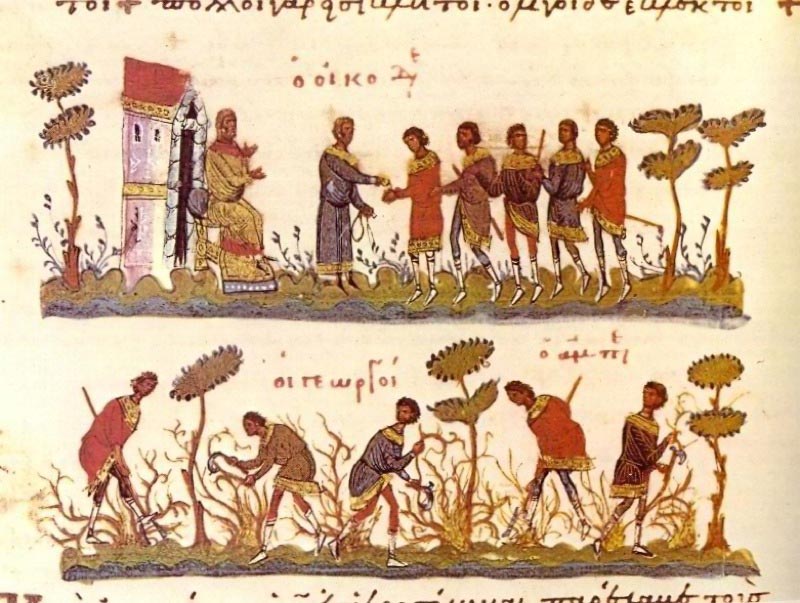
The Roman Empire is divided, creating the western Roman Empire and the eastern Byzantine Empire based on Constantinople.
Tea is often prescribed as a medical drink in China
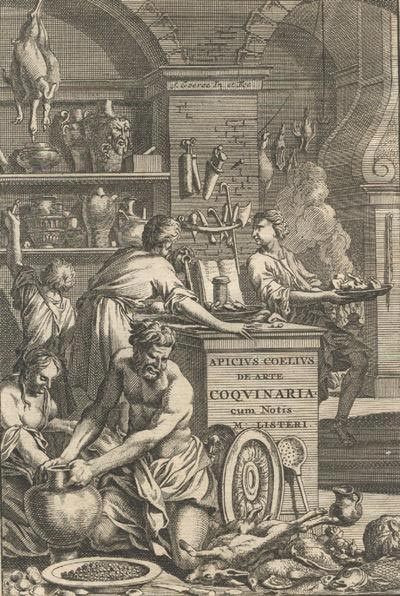
Apicius, the first cookbook known, mentions the use of mustard and other spices.
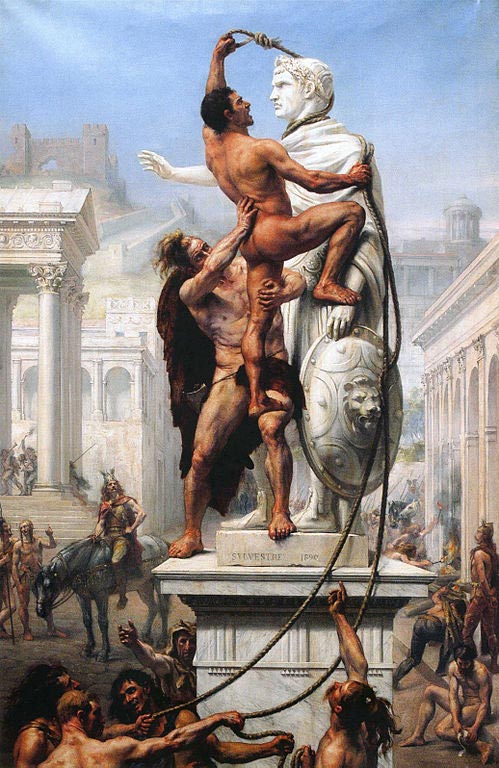
Alaric I, King of the Visigoths, spares Rome on payment of '5,000 pounds of gold, 30,000 pounds of silver, 4,000 silken tunics, 3,000 hides dyed scarlet, and 3,000 pounds of pepper'.
Alaric I, King of the Visigoths, sacks Rome.
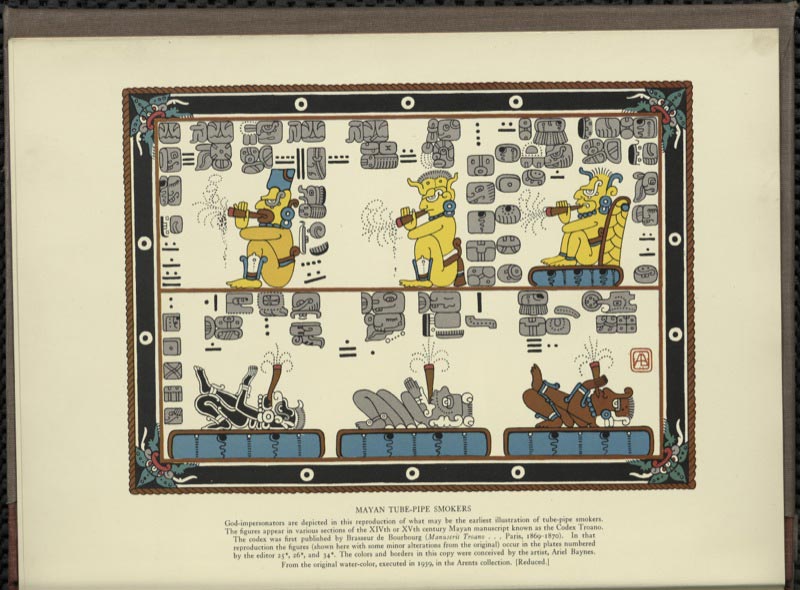
The Mayans spread tobacco smoking through the Americas.
The fur trade is already well established in Russia.
The Tiwanaku people rise to prominence, building temples and trading in gold, pottery and textiles, but the civilisation collapses after a drought.
The decimal number place system invented by Indian mathematicians is in use.
Saint Benedict founds a monastery in Monte Cassino and they produce wine and other forms of alcohol. As Benedictine monasteries spread across Europe, so does knowledge of wine and spirit making.
Muhammad.
Tch’in period in China sees imperial patronage of porcelain manufacture resulting in an expanding trade.
The Sui Dynasty in China.
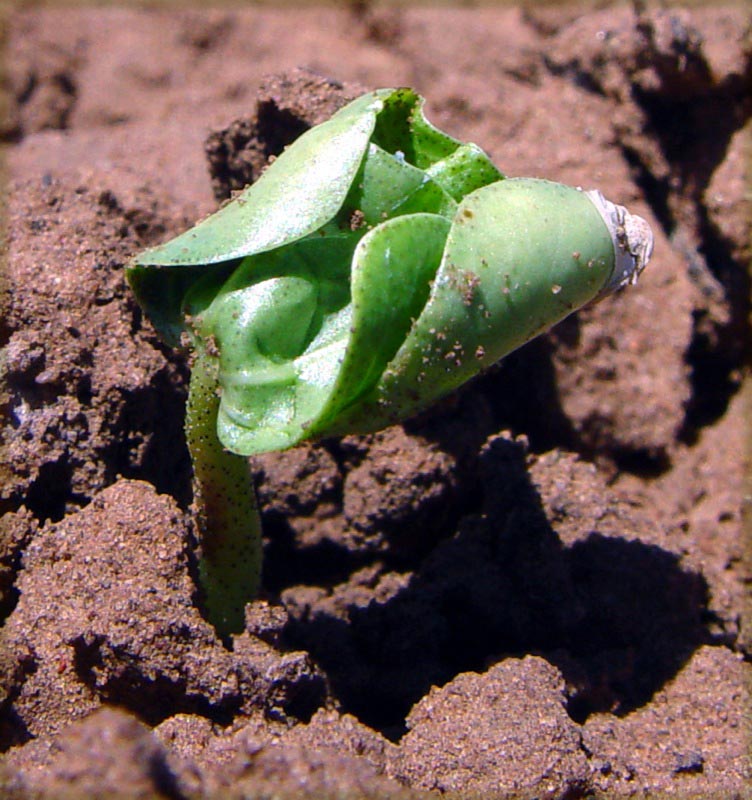
Cotton spreads from India to the Middle East.
Indian mathematicians introduce the number zero.
Persian cooks mix eggs, flour, butter, cream and honey to make biscuits.
The art of paper making reaches Japan via Buddhist monks.
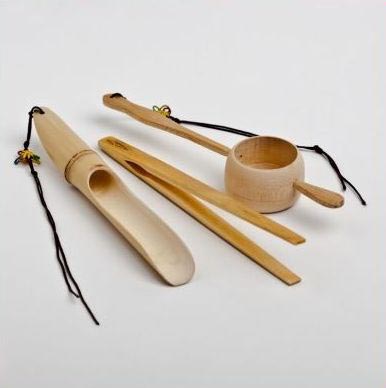
Tea, as an infused drink, becomes popular during the Tang Dynasty.
The Tang Dynasty in China. Emperor Taizong restores prosperity to China.
The Battle of Nineveh. Byzantine forces defeat the Persians, ending the Byzantine-Sassanid War, but leaves both Empires weak.
The Rashidun and Umayyad Caliphates expand Muslim influence.
Muslim forces capture Jerusalem.
Muslim forces capture Syria.
Muslim forces capture Egypt.
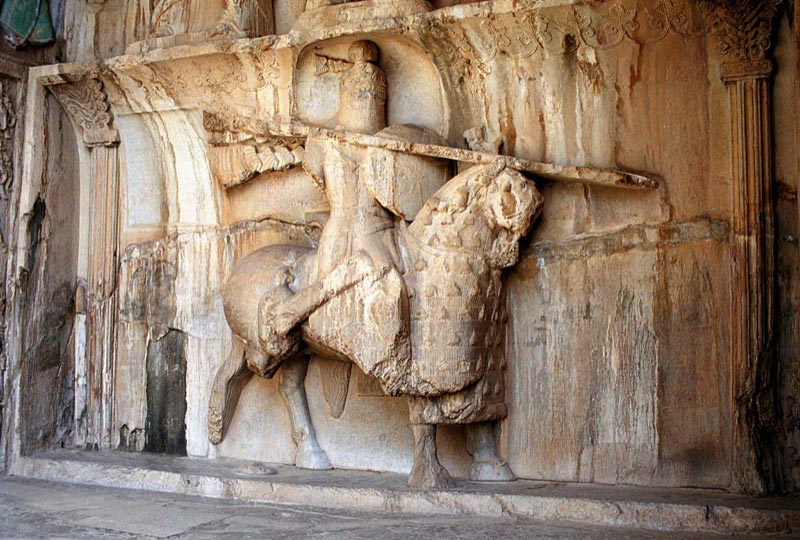
Muslim forces conquer Persia and learn about sugar cane.
Muslim planters introduce sugar cane to Egypt.
The decimal number place system is adopted in Persia and spreads throughout the Middle East. Because Europe receives it from the Arabs they are known as Arabic Numerals.
Muslim forces conquer much of North Africa.
Muslim forces capture Cyprus.
Emperor Taizong defeats Turkish armies in Krygystan.
Muslim forces lay siege to Constantinople but fail to take it.
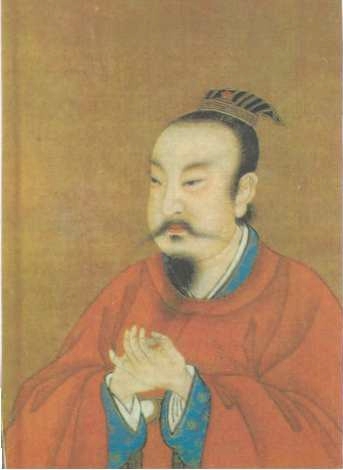
Beginnings of the export of porcelain from China under the Tang dynasty, particularly to the Middle East.
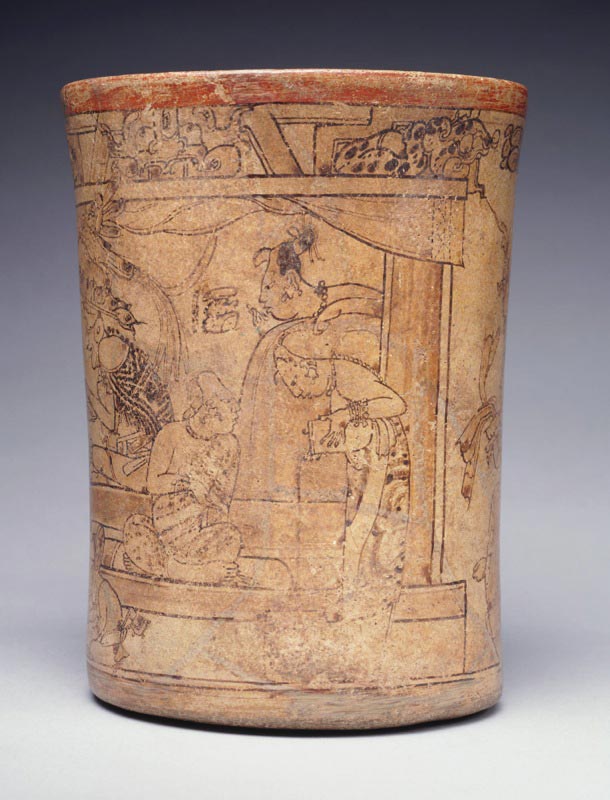
The earliest surviving picture of chocolate being poured is drawn on a Mayan vase.
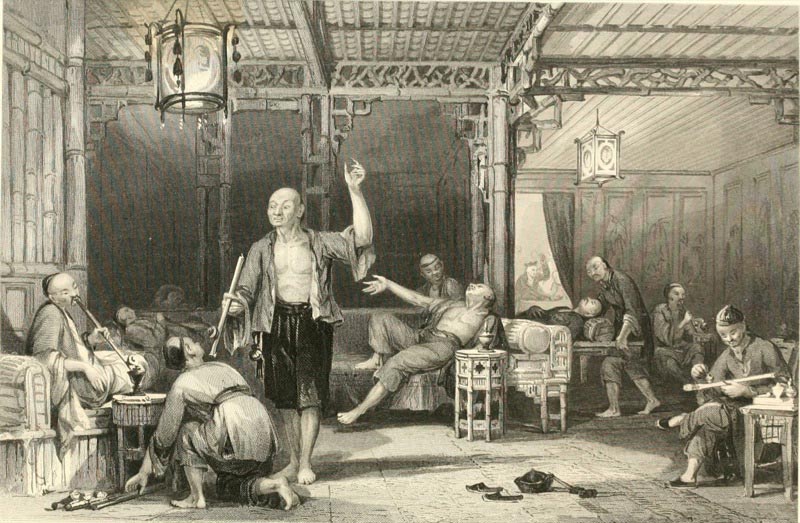
Arab traders probably introduce opium to both India and China.
The Anasazi, Hohokam and Mogollon cultures are established in what is now Arizona and New Mexico, building pueblo towns and villages.
Baku people use oil for heating.
Li Bai, Chinese poet.
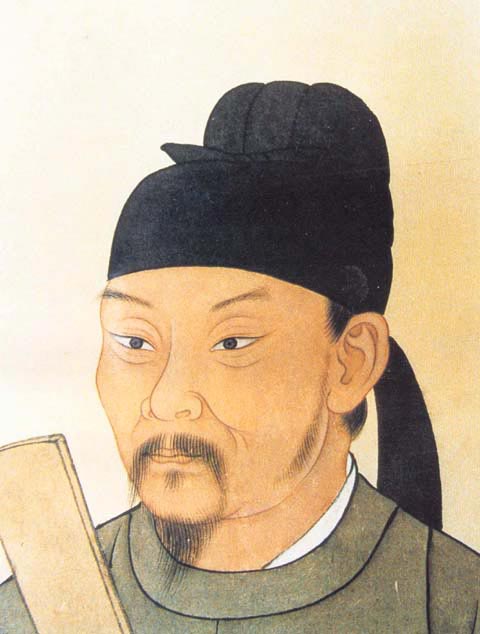
Du Fu, Chinese poet.
Sake is mentioned in the Kojiki chronicle of Japan.
Muslim forces capture much of what is now Pakistan and India.
Muslim forces lay siege to Constantinople for a second time unsuccessfully.
Muslim forces conquer much of what is now Portugal and Spain.
Muslim planters introduce sugar cane to Spain.
Spanish gold and silver production decreases following the Muslim invasion.
Muslim forces are defeated at the Battle of Toulouse.
Liang Ling-Can invents the first fully mechanical clock.
Tea is now known as 'cha' in China and has its own character.
Alcuin.
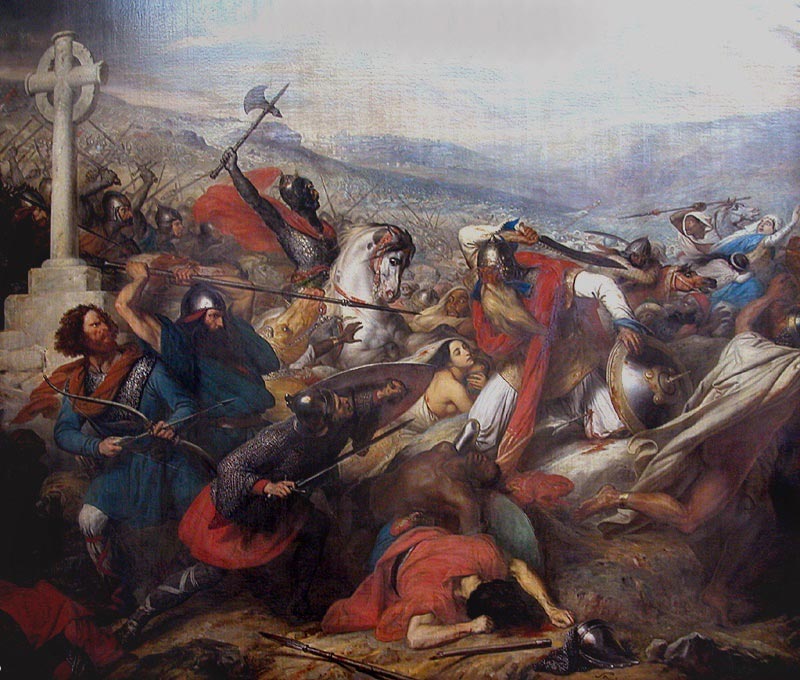
Muslim forces are defeated at the Battle of Tours, halting their advance into Europe.
Silver mines are developed in Central Europe.
The Abbasid Caliphate.
The Islamic Golden Age sees the building of great Mosques, important developments in science, medicine, mathematics and philosophy and the spread of paper from China to the Middle East and into Europe.
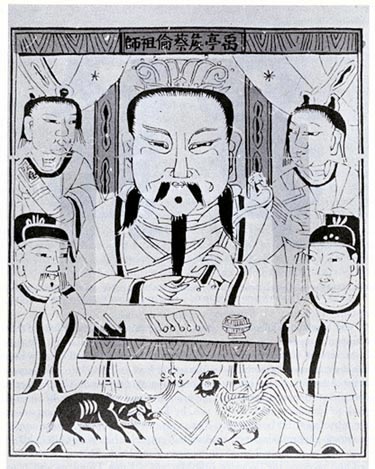
The art of paper making spreads to the Middle East.
Muslim forces capture much of Central Asia from Afghanistan to Uzbekistan and Tajikistan.
Caliph Al-Mansur sends troops to help the Chinese Tang Dynasty repress the An Shi Rebellion.
Baghdad is established as the capital of the Caliphate.
Saicho, a Buddhist monk, helps to plant and popularise tea in Japan.
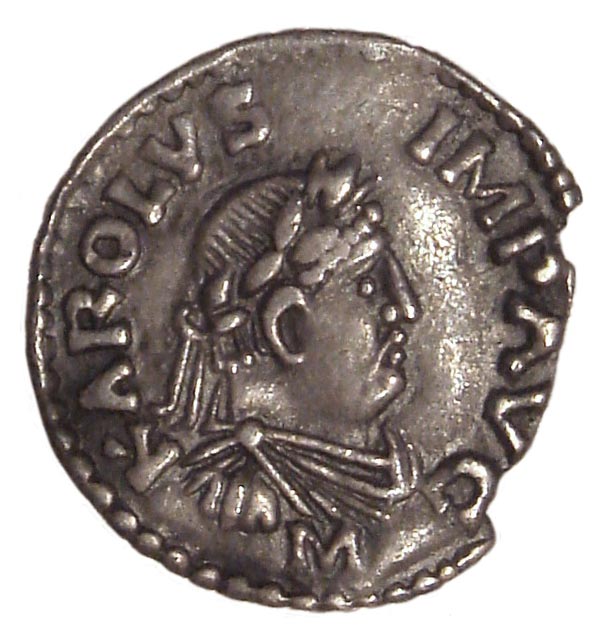
Reign of Charlemagne, King of the Franks.
Lu Yu writes the Cha Jing or 'Classic of Tea' - a guide to tea origins, preparation and etiquette.